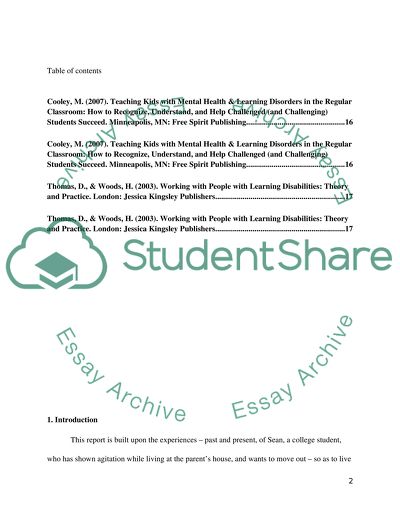Cite this document
(“Health and Social Care Essay Example | Topics and Well Written Essays - 3000 words”, n.d.)
Retrieved from https://studentshare.org/health-sciences-medicine/1399490-health-and-social-care
Retrieved from https://studentshare.org/health-sciences-medicine/1399490-health-and-social-care
(Health and Social Care Essay Example | Topics and Well Written Essays - 3000 Words)
https://studentshare.org/health-sciences-medicine/1399490-health-and-social-care.
https://studentshare.org/health-sciences-medicine/1399490-health-and-social-care.
“Health and Social Care Essay Example | Topics and Well Written Essays - 3000 Words”, n.d. https://studentshare.org/health-sciences-medicine/1399490-health-and-social-care.


